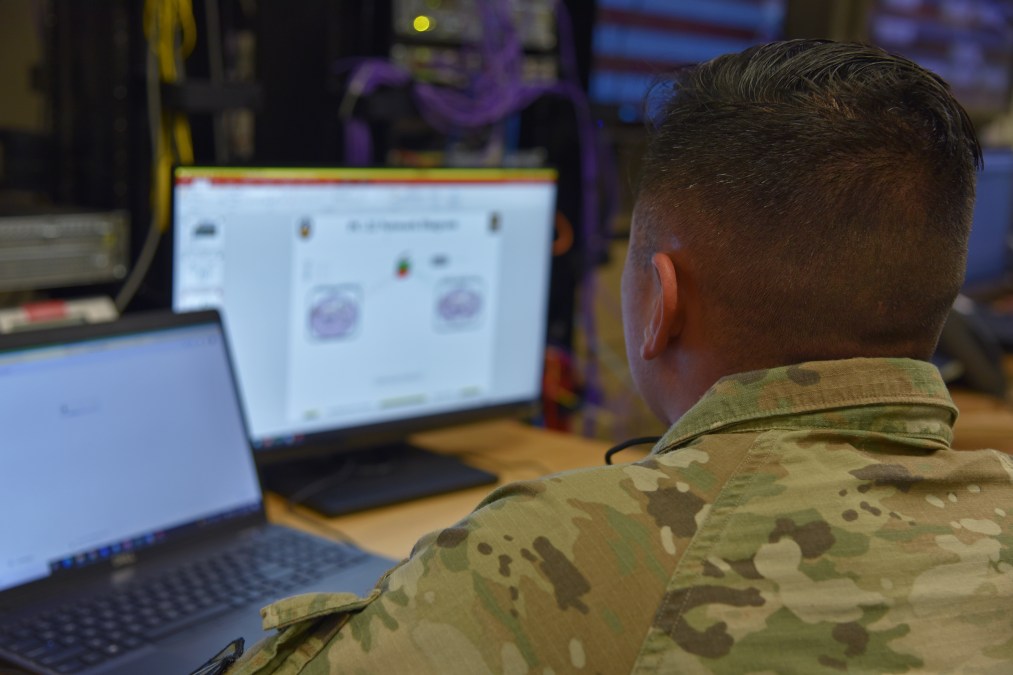SABRE military software tool approaching initial operational capability

A new software tool viewed as a key enabler for U.S. military collaboration with allies and partners is expected to reach initial operational capability in the coming months, according to a top Defense Department IT official.
The software tool, known as the Secret and Below Releasable Environment (SABRE), was designed to facilitate information sharing between the computer networks of the U.S. and other militaries during joint operations, and it will be integrated into the DOD’s Mission Partner Environment.
“The initial operation operational capabilities for what we’re calling SABRE … will be delivered this spring or summer. I think it is the summer. And then we need to continue to work with the combatant commands — [U.S. Indo-Pacific Command] being the first — to be able to start with their implementation paths,” said Danielle Metz, chief information technology strategist in the office of the secretary of defense.
Combatant commands and international partners will need to migrate their mission applications into that environment, she noted during remarks at AFCEA’s TechNet Cyber conference.
The Pentagon’s CIO “needs to ensure that we’re working with the mission partners to be able to refactor and decide how they’re going to move those mission applications into SABRE, because that’s how this is all going to work. It’s not enough just to have the technology. We need to make sure we have mission applications in there, and that the users know how to use it, and that it is all working together,” Metz said.
SABRE will tie into what the Pentagon calls the Mission Partner Environment (MPE), which aims to facilitate collaboration between combatant commands and foreign allies.
“The Mission Partner Environment provides the ability for DOD and mission partners to exchange information with all participants within a specific partnership or coalition, as well as supports commanders’ execution of critical jointwide warfighting functions,” Metz said.
The initiative requires intensive collaboration between the U.S. and partner governments across vast geographic divides, multiple time zones and a diverse technology set, she said.
The Pentagon has struggled with the MPE, she acknowledged.
“The combatant commanders have been screaming for the need to be able to seamlessly be able to collaborate not only internally … but across the mission partners. And that mission partner can mean anything to anybody, depending on where you are located and depending on what that actual mission is. And so, quite frankly, the department has struggled for years to be able to articulate what was meant by Mission Partner Environment and then to be able to transition from a very physically network-centric type environment to a more cloud-based one,” she said.
The Pentagon has been working on the initiative for the past three years. The secretary of the Air Force has been serving as the executive agent, while the DOD CIO is the principal staff adviser working with the office of the undersecretary of defense for intelligence.
“The idea is that we want to be able to blend the intel aspects as well as the [command and control] aspects together in a cloud-based approach,” Metz said.
She added: “I think that we’ve moved along from having a perfect solution, or what we thought would be a perfect solution, and then delivering it to being able to set minimum viable products that we can easily build upon and get that user feedback so that we can improve when and where it’s needed.”






